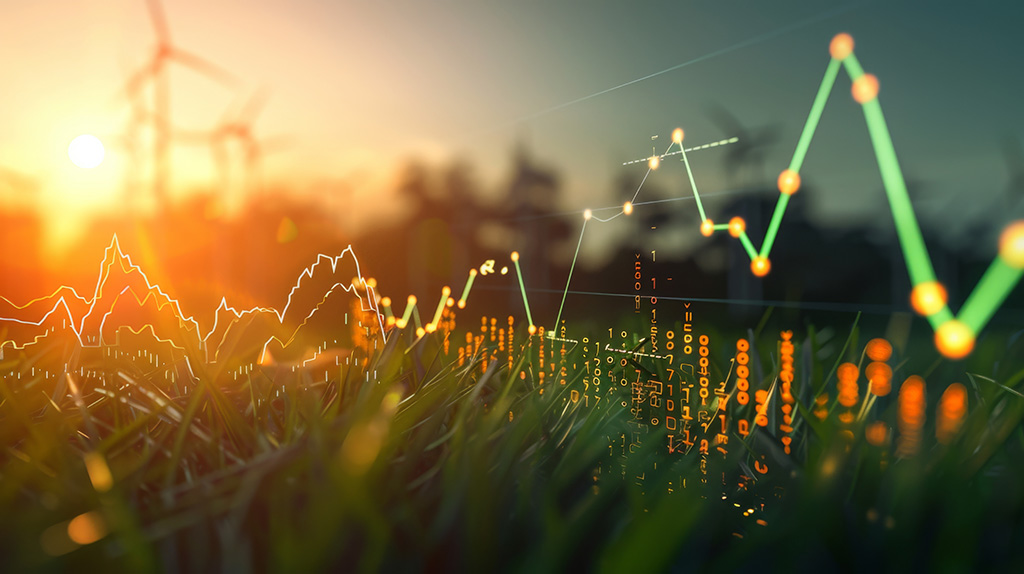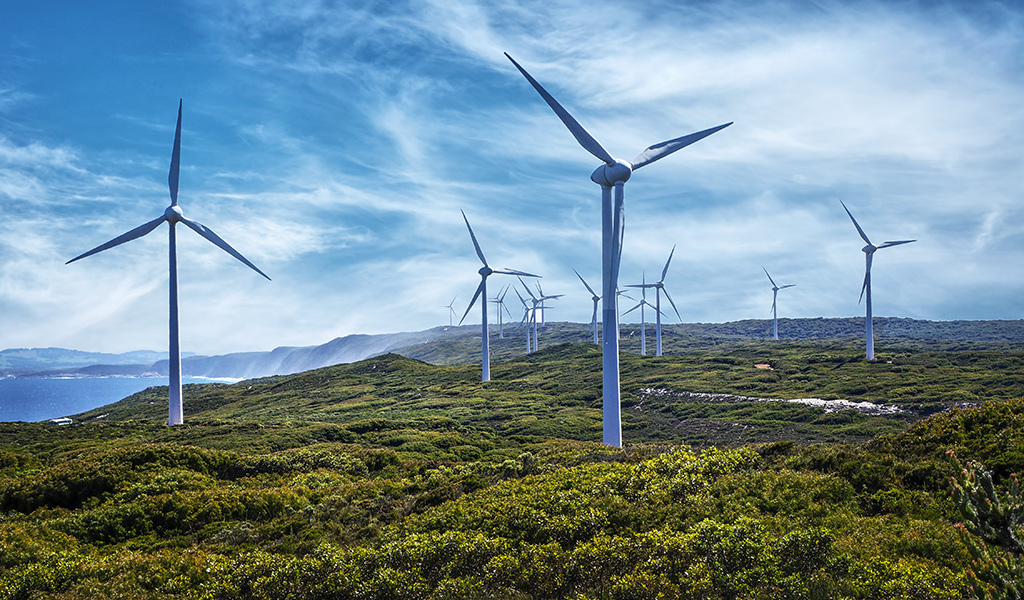Category: Internet of Things
Sustainability as a competitive edge: one step ahead with PLM
Sustainable thinking is no longer a “nice-to-have” – regulations and customer demands have made it a central pillar of modern innovation. A growing number of companies are realizing that ecological responsibility and economic success can go hand in hand. This is especially evident in product development: where cost-effectiveness used to dominate, sustainability has emerged as another key factor.
The right balance between economic and ecological aspects
While cost and efficiency remain crucial, staying competitive in the future requires taking the environmental balance into account when making business decisions. The challenge lies in finding the right balance between economic performance and ecological responsibility. This is most successful when sustainability is considered from the very beginning – at the design stage – rather than at the very end.
Why the product development process is crucial
Around 80% of a product’s environmental impact is already determined during the development phase. Decisions about materials, manufacturing processes, energy use, and recyclability made during this stage play a decisive role. Leveraging reliable and transparent data in the decision-making process enables companies to lower the environmental impact of their products.
LCA vs. PCF: Two key terms briefly explained
Anyone involved in sustainable product development will inevitably encounter these two concepts:
- Life Cycle Assessment (LCA): The assessment of a product’s environmental impact throughout its lifecycle, from raw material extraction to disposal.
- Product Carbon Footprint (PCF): The environmental footprint of a product, expressed in CO₂ equivalents. The PCF is often part of a broader LCA.
Implementing sustainability directly in the PLM system
CONTACT’s sustainability solution allows this environmental data to be recorded and used directly in CIM Database PLM. This enables a systematic evaluation of materials, processes, and product structures. Whether entered manually or imported automatically from environmental databases, a product’s environmental impact can be analyzed and improved directly within the system.
Asset Administration Shell: a key to data exchange in the supply chain?
Sustainability is not a solo effort. Especially for complex products involving multiple suppliers, effective data exchange is crucial. This is where the concept of the Asset Administration Shell (AAS) comes into play – a standardized representation of digital twins for industrial components.
Using AAS submodels like the Carbon Footprint, companies can communicate environmental data in a standardized way, both internally and externally. This creates a seamless data foundation across the entire value chain. Using submodels like the Carbon Footprint, companies can communicate environmental data in a standardized way – both internally and externally, enabling them to integrate data from purchased components.
Three key takeaways:
- Sustainability starts with engineering, where crucial decisions are made.
- Standardized data formats enable the integration of environmental data into the product lifecycle.
- With IT tools like CONTACT Elements Sustainability Cloud, companies can not only plan eco-friendly operations but also implement sustainability early in the development process.
Conclusion
Developing sustainable products is no longer a vision for the future – it’s a reality today. Companies that adopt the right tools at an early stage and rely on standardized processes gain not only ecological advantages but also economic benefits.
The Digital Twin at the Center of Renewable Energy
According to the German Wind Energy Association (BWE), the share of wind energy in German electricity production this year is 27 percent, and in 2020 wind energy even represented the most important energy source in the German electricity mix. In total, more than 31,000 turbines have been installed, saving 89 million tons of CO2 equivalent in 2019. Wind power is thus a mainstay of low-CO2 and sustainable energy generation and makes an important contribution to the energy transition. Further increasing yields while reducing maintenance costs is therefore of great importance.
Increasing the efficiency of wind farms with smart systems
Digital Twins are the central element in exploiting the full potential of wind power and maximizing yields. Driven by the vision of creating a data-based development tool for the wind industry, the WIND IO joint project, funded by the German Federal Ministry for Economic Affairs and Energy, started a year and a half ago.
Under the leadership of the Institute for Integrated Product Development BIK at the University of Bremen, we are working with several consortium partners to build research facilities as cyber-physical systems and retrofit them with sensors, electronics and computers known as IoT gateways. This makes it possible to digitally map all the operating information of the real plant and combine it on a digital twin. The operating behavior can be simulated on the basis of the Digital Twin, which in turn provides insights for further optimization of the wind turbine. The Digital Twin not only provides information about the current energy yield, but also offers a comprehensive overall picture of the condition of each individual turbine.
Improved installation, maintenance and overhaul processes
The information obtained can be used, for example, to optimize maintenance and overhaul processes. For example, the data makes the aging process of components transparent at all times and automatically triggers an alarm if defined limit parameters are exceeded. The Digital Twin also uses the operating, environmental and weather data collected to determine a favorable time for maintenance of the plant. Ideally, this should be carried out when there is little wind, so as not to be at the expense of energy generation.
Both statistical methods and Artificial Intelligence (AI) models are used for the calculations. These methods also help to determine the best time to assemble a wind turbine, since the rotor blades can only be installed under certain conditions. For this purpose, in addition to weather data, additional parameters such as the vibration of the tower are included in the calculations.
Digital Twins for a sustainable industry
The WIND IO project vividly demonstrates the potential of digitization and especially the concept of the Digital Twin. In addition, companies can use their data to simulate entire production and operating cycles. This makes it possible to minimize resource consumption, reduce energy consumption and at the same time coordinate production steps more effectively and optimize transport routes. Concepts such as the Digital Twin and data-intensive analysis methods are thus essential for a gentle and efficient industry.
With the data from a digital twin, companies can increase the efficiency of energy-intensive production facilities. Especially when they also use AI. The added value that this combination creates for energy management in companies is explained by Dr Nicole Göckel and Johann Heinrich in the technical article ‘Increasing yield with digital twins’.


